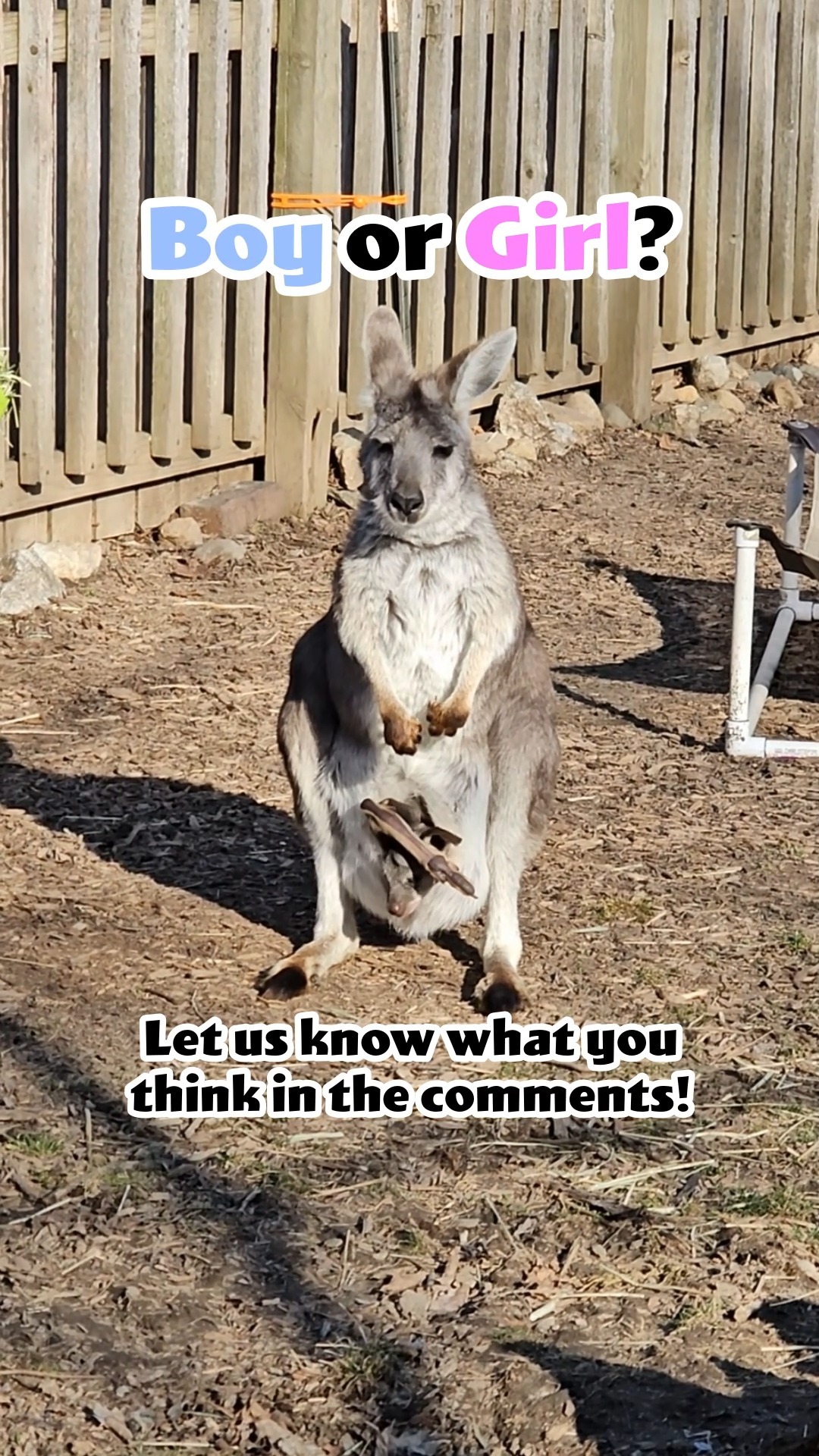- Wallaroo Species: Characteristics and Habitats
- Parentage and the Significance of Bindi and Huck
- Challenges and Successes in Wallaroo Breeding
- Gender Determination in Marsupials
- Conservation Efforts and the Role of Zoos
Wallaroo Species: Characteristics and Habitats
Wallaroos are a fascinating marsupial species, sitting somewhere between kangaroos and wallabies in size and characteristics. These marsupials are native to Australia, thriving in various habitats from rocky escarpments to open savannahs. Wallaroos are well-known for their muscular build, sturdy hind legs, and strikingly powerful tail, which they use for balance and movement.
There are three primary species of wallaroos: the common wallaroo, the antilopine wallaroo, and the black wallaroo. Each species exhibits unique adaptations to its environment, contributing to wallaroos’ overall ecological significance in Australia. These marsupials are typically nocturnal, foraging for grasses and vegetation during the cooler evening hours to avoid daytime heat. Their diet plays an essential role in shaping the landscape, as it influences plant growth and the availability of resources for other species.
Parentage and the Significance of Bindi and Huck
Bindi and Huck are notable residents of a well-regarded zoo, serving as ambassadors for their species and providing valuable data on wallaroo behavior and reproduction. As parents to a new joey, their contribution to understanding wallaroo lineage is invaluable. Wallaroo breeding programs are essential to maintaining genetic diversity and preserving the species, particularly given the pressures on natural populations from habitat destruction and climate change.
Bindi, the female wallaroo, exhibits the typical protective and nurturing behavior of marsupial mothers. After birth, a wallaroo joey spends considerable time in the safety of its mother’s pouch, where it continues to develop in a protected environment. Huck, as the male, plays a role in ensuring the best possible genetic mix for the offspring, contributing to the vitality of the group.
Challenges and Successes in Wallaroo Breeding
Breeding wallaroos in captivity presents unique challenges and opportunities. It requires a profound understanding of their reproductive cycles and the environmental conditions conducive to successful mating. Zoos that participate in breeding programs often focus on creating habitats that replicate natural conditions, complete with the topographical features wallaroos are accustomed to.
Success in breeding these marsupials contributes to broader efforts in wildlife conservation. The successful birth of Bindi and Huck’s joey represents more than just an addition to the zoo’s animal family. It symbolizes progress in preserving the genetic lineage and ensuring the survival of wallaroo species. Such programs also raise awareness and foster appreciation for these remarkable animals among zoo visitors.
Gender Determination in Marsupials
Determining the gender of a marsupial joey can be complex, given their early stage of development when they first emerge from the pouch. Unlike some mammals, where gender can often be identified shortly after birth, marsupials like wallaroos require careful observation and expertise. Gender determination typically involves close examination by trained professionals familiar with marsupial anatomy.
This process holds importance beyond mere curiosity. Identifying gender allows caretakers to make informed decisions regarding social structure and future breeding possibilities within the zoo population. Monitoring the joey’s gender also provides data that can aid in understanding gender ratios within the species, contributing to more effective conservation strategies.
Conservation Efforts and the Role of Zoos
Zoos play a crucial role in conserving wallaroos and many other species. Through careful management of animal populations, they serve as a hedge against extinction, maintaining populations that might serve future rewilding efforts. These institutions have evolved into centers of scientific research and public education, where visitors can learn about wallaroo behavior, habitats, and the challenges they face in the wild.
Conservation programs often extend beyond the zoo’s confines, with collaborative efforts to support habitat preservation and restoration projects in Australia. By participating in breeding programs and research initiatives, zoos contribute significantly to global conservation efforts. Engaging the public in these endeavors fosters a broader understanding of biodiversity and the importance of preserving ecosystems worldwide.
The arrival of Bindi and Huck’s new joey is a testament to these efforts, showcasing the success of combined reproduction excellence and scientific research. As the gender of the joey remains a point of excitement among zoo patrons and staff, it symbolizes hope for the continued preservation and appreciation of wallaroos across the globe.
*****
Source Description
Wallaroos Bindi and Huck had a joey! Our staff took a shot at guessing what the gender is… Come back in a few hours for the gender reveal!
Let us know in the comments what you think the gender of Bindi and Huck’s joey is!


